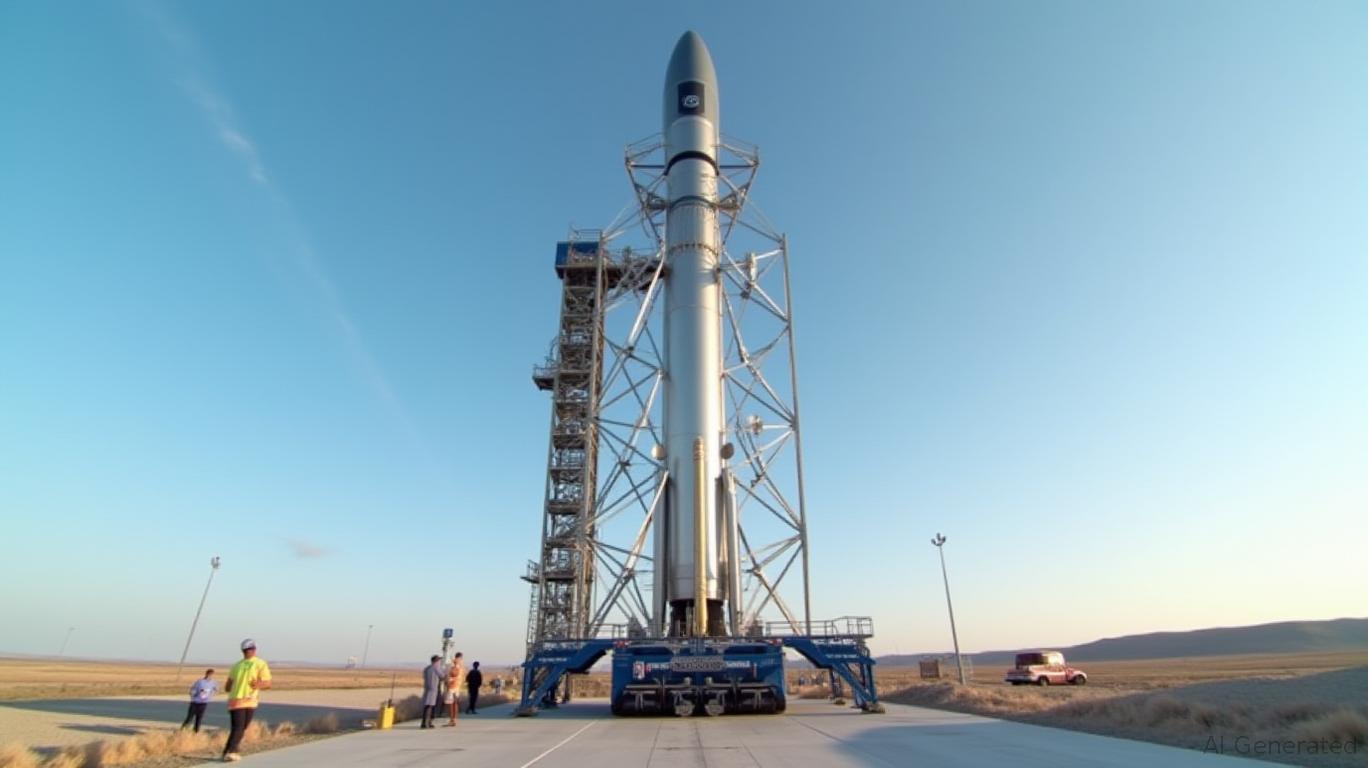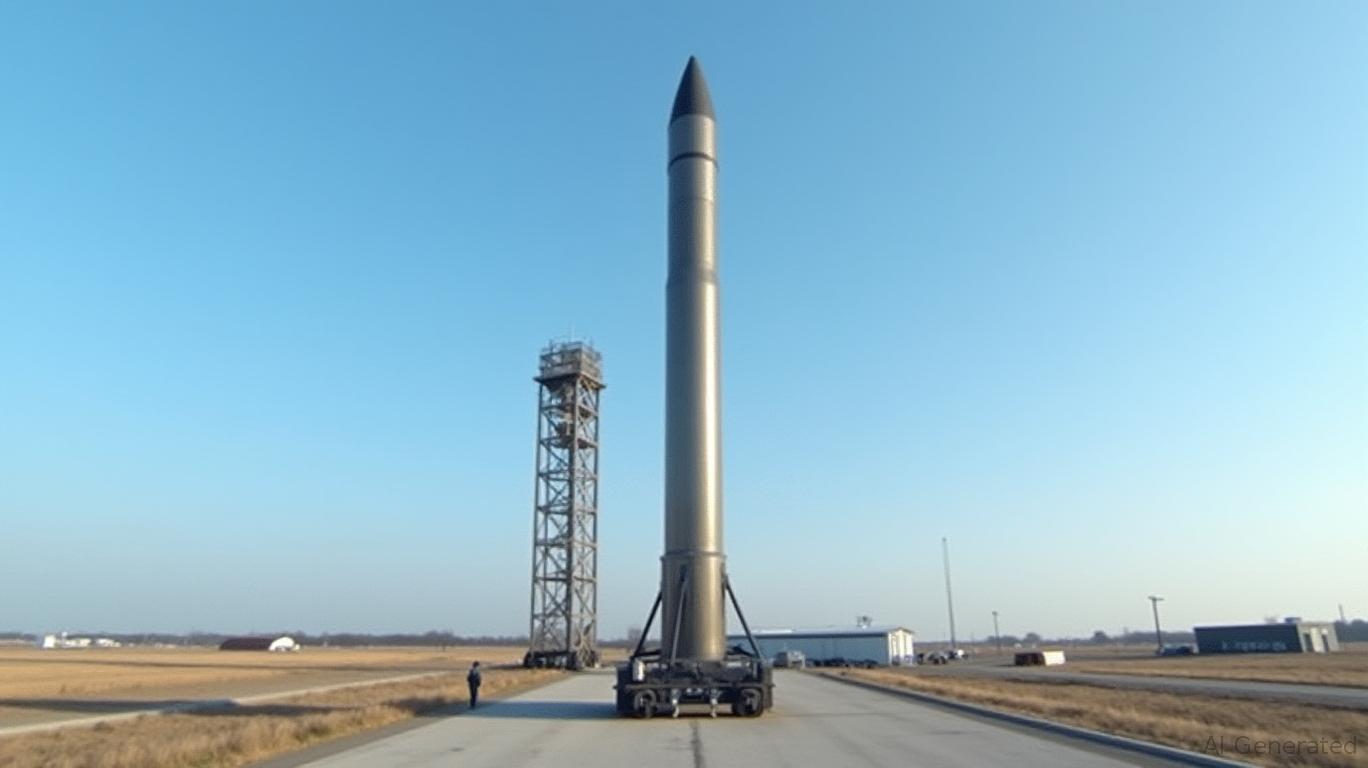Bridgit Mendler’s Space Odyssey: How Northwood is Reinventing Ground Infrastructure
The aerospace industry is no stranger to disruptors, but few have journeyed as far—or as swiftly—as Bridgit Mendler. Once a Disney Channel star, Mendler now stands at the helm of Northwood Space, a startup redefining satellite communication infrastructure. Her April 9 keynote at the 40th Space Symposium crystallized a pivotal moment: the rise of a visionary leader and a company racing to solve a $2.6 billion industry bottleneck.

The Catalyst: Mendler’s Bold Vision at the Space Symposium
At the 40th Space Symposium in Colorado Springs, Mendler delivered a stark diagnosis of the space industry’s Achilles’ heel: outdated ground infrastructure. “Current systems are like 1990s cell towers supporting modern satellites,” she declared, framing Northwood’s mission as a “data highway” to unlock the next era of space exploration.
Her speech highlighted Northwood’s flagship product, the “Portal” phased-array antenna, which can establish a bidirectional data link with satellites in six hours—a fraction of the industry standard. One antenna, nicknamed “Frankie,” was deployed in North Dakota and repositioned within an hour, demonstrating the technology’s scalability.
The 35,000-square-foot manufacturing facility Northwood opened in Los Angeles in late 2024 is now churning out these systems, with plans to deploy one antenna per month by 2025. Mendler’s goal is clear: create a global network capable of handling up to 100 Gbps of backhaul capacity across six continents by 2026.
Bridgit Mendler: From Disney to Deep Space
Mendler’s pivot from entertainment to aerospace is no fluke. A Harvard Law graduate and MIT PhD holder, she spent years navigating satellite licensing at the FCC. Her academic and legal expertise, paired with her husband Griffin Cleverly’s engineering prowess (CTO and former Lockheed Martin specialist), has forged a uniquely qualified leadership team.
Investors are taking notice. Northwood’s $30 million Series A round in 2024—led by Alpine Space Ventures and Andreessen Horowitz—has already funded initial production. The company’s 10x cost reduction and 5x faster deployment times compared to legacy systems have drawn comparisons to Tesla’s disruption of automotive manufacturing.
The Prize: A $2.6 Billion Bottleneck
The stakes are high. Satellite operators like Starlink and OneWeb rely on ground stations to relay data, but aging infrastructure is causing delays and outages. Mendler estimates this inefficiency costs the industry $2.6 billion annually, a figure Northwood aims to slash by deploying its low-cost, modular antennas.
Competitors like Kymeta and Satellogic are racing to address the same gap, but Northwood’s focus on vertical integration—from design to manufacturing—gives it an edge. Its “Frankie” prototype’s rapid deployment in North Dakota showcased how the company can scale faster than rivals reliant on third-party suppliers.
Risks on the Horizon
Despite the promise, challenges loom. Supply chain bottlenecks in California could inflate costs, while regulatory hurdles—such as spectrum allocation—require Mendler’s legal acumen. Additionally, Northwood’s reliance on government contracts (a major client is the U.S. Air Force) introduces political risk.
Yet Mendler’s track record suggests she’s prepared. Her 2023 seed round of $6.3 million from Founders Fund and others demonstrated early investor confidence. Now, with its technology validated and production underway, Northwood is poised to capitalize on a sector projected to grow to $175 billion by 2030.
Conclusion: A New Frontier for Space Infrastructure
Bridgit Mendler’s keynote at the Space Symposium was more than a speech—it was a manifesto. By marrying Hollywood star power with Silicon Valley innovation, she’s positioned Northwood at the forefront of a critical industry shift. With its 10 Gbps capacity already achievable and a roadmap to 100 Gbps by 2026, the company could become the backbone of the next space economy.
For investors, the calculus is clear: back pioneers who turn bottlenecks into breakthroughs. Northwood’s blend of technical rigor, strategic vision, and scalability may just redefine how we communicate with space—and profit from it.
As Mendler put it: “The future isn’t just in the stars—it’s in the ground systems that make those stars accessible.” In an era of rising space commercialization, that vision is anything but fictional.









